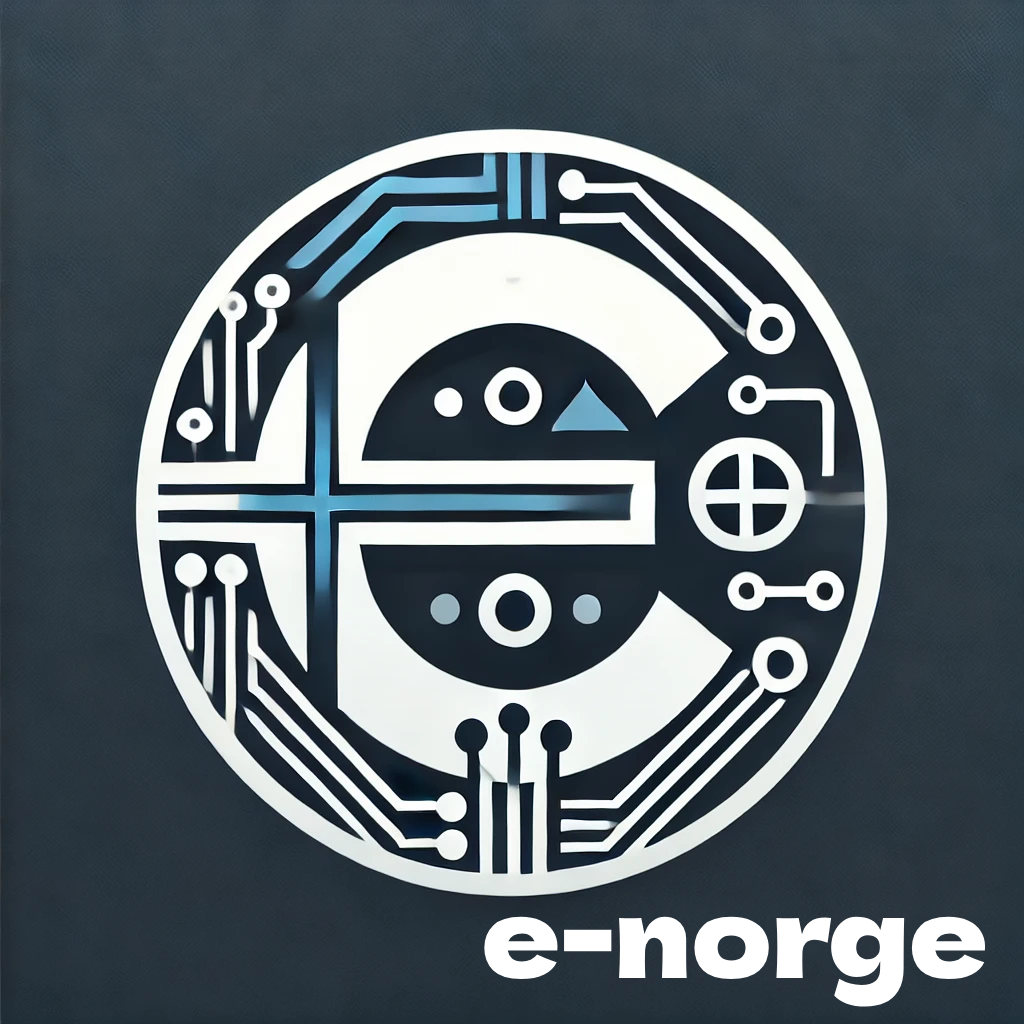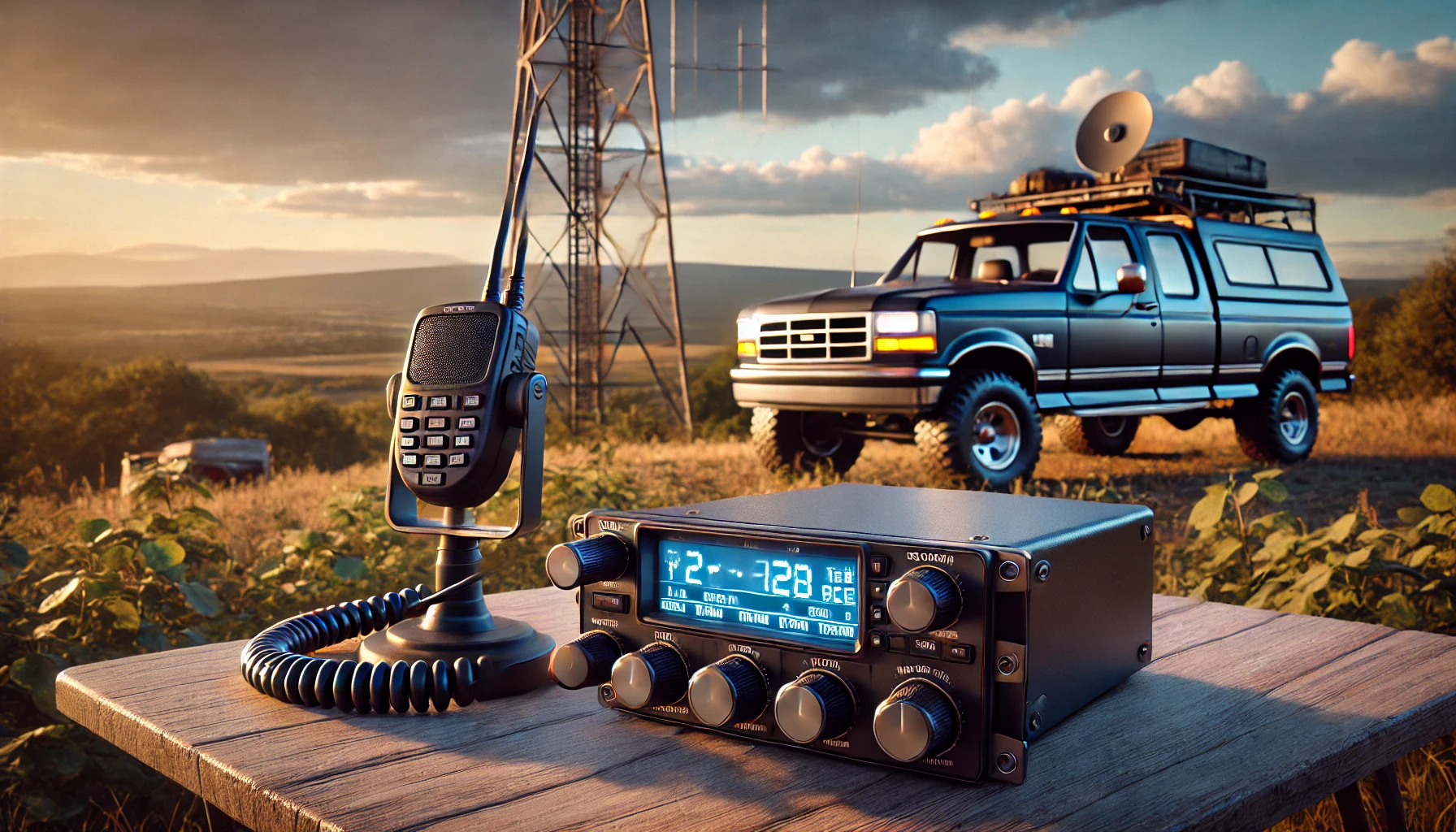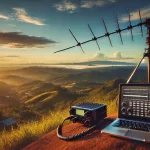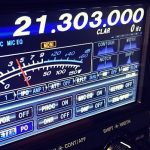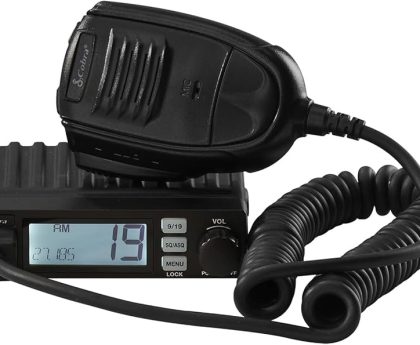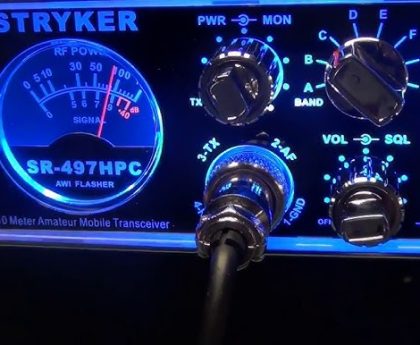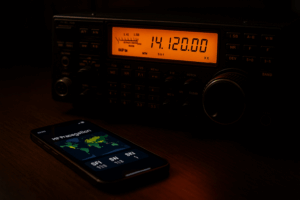Join our Exclusive CB Radio Newsletter
Citizen Band (CB) radio has played a vital role in communication for both hobbyists and professionals for decades. While its popularity peaked in the 1970s and 1980s, CB radio remains relevant in both the United States and Europe today. However, differences in regulations, usage, and technological advancements have shaped the way CB radio is used in each region. This article explores the current state of CB radio in the USA and Europe, highlighting the similarities and contrasts.
CB Radio in the USA
Regulations and Frequencies
In the United States, CB radio operates on 40 channels within the 27 MHz (11-meter) band. The Federal Communications Commission (FCC) regulates CB usage, allowing a maximum power output of 4 watts for AM and 12 watts for Single Sideband (SSB) transmission. Unlike ham radio, CB does not require a license, making it easily accessible to the general public.
Common Uses
CB radio remains widely used by truckers for highway communication, providing traffic updates, road hazard alerts, and weather warnings. Additionally, CB radio is used in rural areas where cell service may be unreliable, as well as by off-road enthusiasts and survivalists.
Technological Integration
While traditional CB radio continues to be used, modern CB radios now incorporate digital features such as Bluetooth connectivity, NOAA weather alerts, and integration with smartphone apps. Despite these advancements, CB faces competition from cellular networks, GMRS, and satellite communication.
CB Radio in Europe
Regulations and Frequencies
In Europe, CB radio is also widely available but is regulated differently in various countries. The standard frequency allocation is 26.965 MHz to 27.405 MHz, with 40 channels similar to the US. However, some European countries permit additional channels and modes, such as FM and SSB, which provide clearer communication. The European Telecommunications Standards Institute (ETSI) sets CB regulations across the continent, but each country may impose specific restrictions.
Common Uses
European CB radio use varies by region. In countries like France, Italy, and Germany, CB is still popular among truck drivers and outdoor hobbyists. It is also commonly used by emergency response groups and motorhome communities. Some European nations have seen a decline in CB use due to mobile phones and digital radios becoming more accessible.
Technological Integration
European CB radios often include multi-standard capabilities, allowing users to switch between different national settings to comply with regulations when traveling across borders. Some modern CB radios in Europe also support Digital Selective Calling (DSC) and improved modulation techniques to enhance audio quality.
Key Differences Between the USA and Europe
| Feature | USA | Europe |
|---|---|---|
| Frequency Band | 27 MHz (40 channels) | 26.965 – 27.405 MHz (40+ channels) |
| Modes Allowed | AM, SSB | AM, FM, SSB (varies by country) |
| Max Power | 4W (AM), 12W (SSB) | Up to 12W (SSB/FM varies by country) |
| Licensing | License-free | License-free (varies by country) |
| Common Users | Truckers, Off-roaders, Preppers | Truckers, Outdoor Enthusiasts, RVers |
| Modern Features | Bluetooth, NOAA, Smartphone Apps | Multi-standard radios, Digital Calling |
The Future of CB Radio
Both in the USA and Europe, CB radio continues to serve as a valuable communication tool despite the rise of mobile technology. While its popularity has declined compared to previous decades, advancements in radio technology and the need for reliable off-grid communication ensure CB radio’s continued relevance.
Looking ahead, improvements in modulation techniques, digital integration, and regulatory adaptations may help CB radio remain a viable option for users in both the USA and Europe. While it may never regain the widespread popularity of the past, CB radio still holds a unique place in modern communication.
Conclusion
CB radio in the USA and Europe shares many similarities but also differs due to regulations, permitted transmission modes, and cultural factors. Despite the challenges posed by modern communication alternatives, CB radio continues to be a practical tool for specific communities and industries. Whether in America’s trucking routes or Europe’s caravan networks, CB radio remains a key part of radio communication in modern times.
Check our selection of Hamradio e-books
-
Sale!

Mastering APRS
Original price was: $59.99.$47.99Current price is: $47.99.
A Comprehensive Guide – ebook
⭐⭐⭐⭐⭐ -
Sale!

Mastering FT8
Original price was: $59.99.$47.99Current price is: $47.99.
A Comprehensive Guide to the Ultimate Digital Mode – ebook
⭐⭐⭐⭐⭐ -
Sale!

Stealth CB Antennas
Original price was: $59.99.$47.99Current price is: $47.99.
A Masterclass in Innovation and Disguise – ebook
⭐⭐⭐⭐⭐ -
Sale!

Ace Your Ham Radio Exam
Original price was: $59.99.$47.99Current price is: $47.99.
Technician, General, and Extra Class – ebook
⭐⭐⭐⭐⭐ -
Sale!

DMR for Hams
Original price was: $59.99.$47.99Current price is: $47.99.
The Ultimate Beginner’s Guide – ebook
⭐⭐⭐⭐⭐ -
Sale!

D-STAR, DMR & Fusion
Original price was: $59.99.$47.99Current price is: $47.99.
A Beginner’s Guide – ebook
⭐⭐⭐⭐⭐ -

Mastering the 6-Meter Band
$47.99
The Ultimate Guide – ebook
⭐⭐⭐⭐⭐ -
Sale!

Integrating Ham Radio with Modern Technology
Original price was: $59.99.$47.99Current price is: $47.99.
IoT, Raspberry Pi, and More – ebook
⭐⭐⭐⭐⭐ -
Sale!

D-STAR, DMR & Fusion
Original price was: $59.99.$47.99Current price is: $47.99.
Guia para Principantes – ebook
⭐⭐⭐⭐⭐ -
Sale!
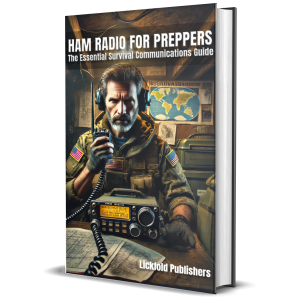
Ham Radio for Preppers
Original price was: $59.99.$47.99Current price is: $47.99.
The Essential Survival Communications Guide – ebook
⭐⭐⭐⭐⭐ -
Sale!

Mastering Marine Radio
Original price was: $59.99.$47.99Current price is: $47.99.
A Sailor’s Guide to Confident Communication – ebook
⭐⭐⭐⭐⭐
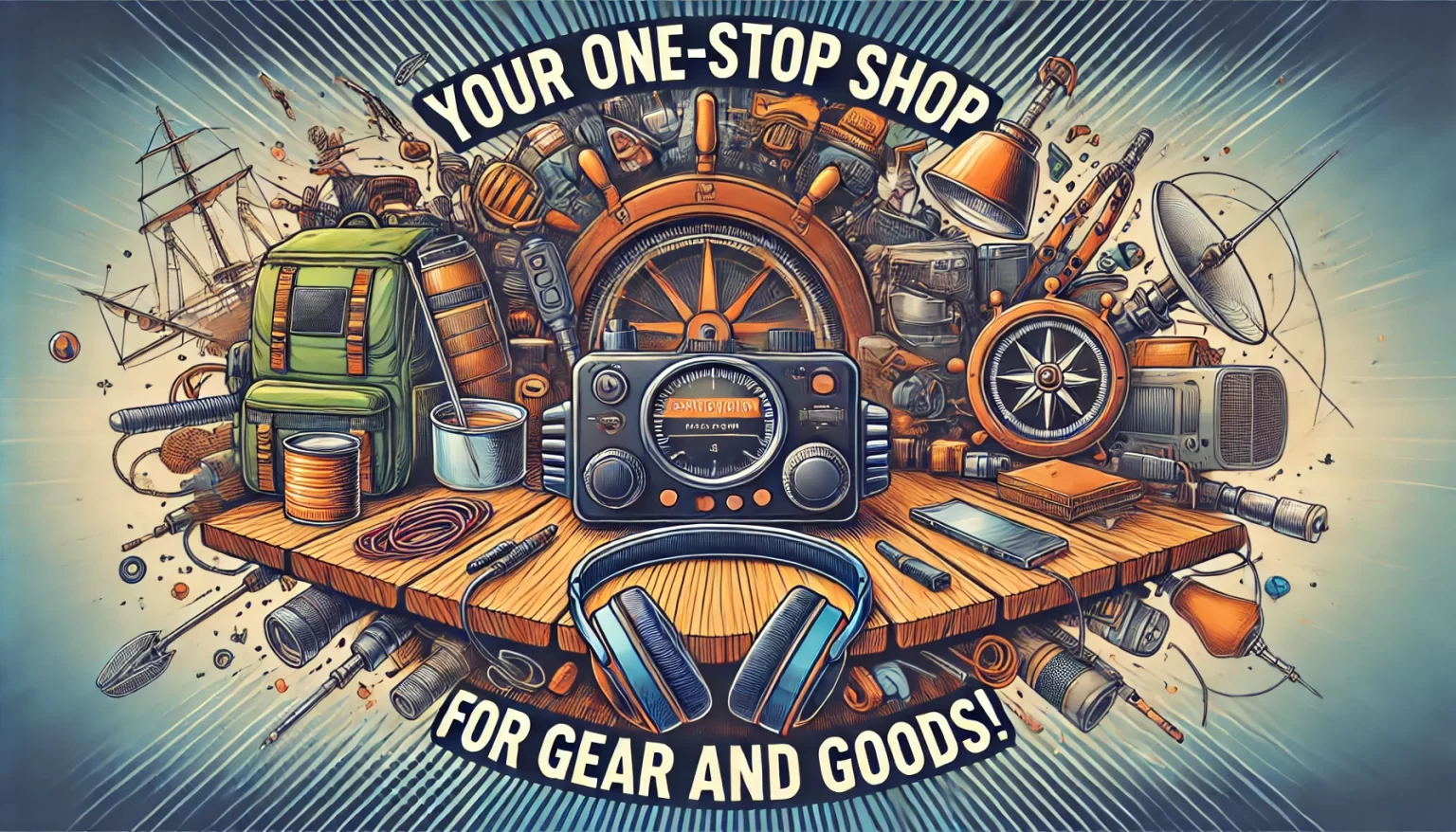
Enter shop
